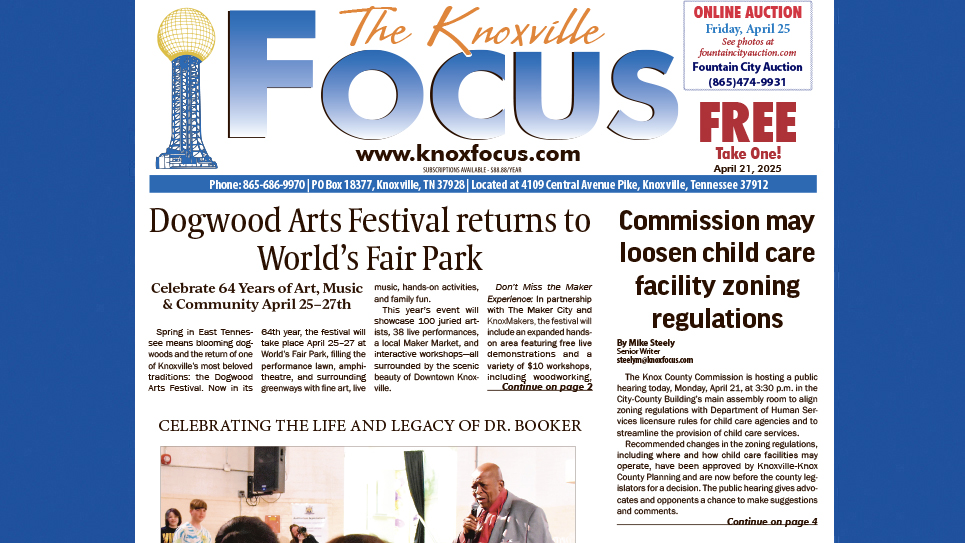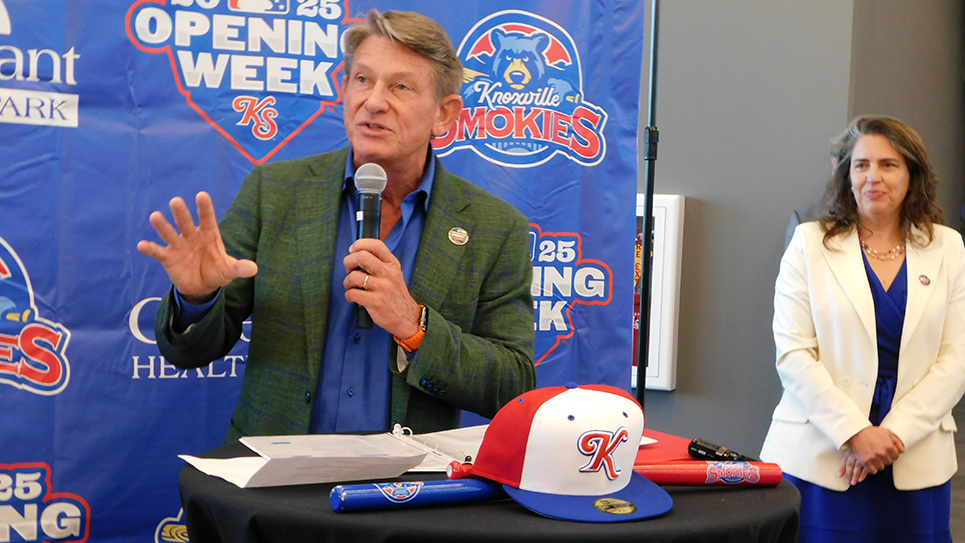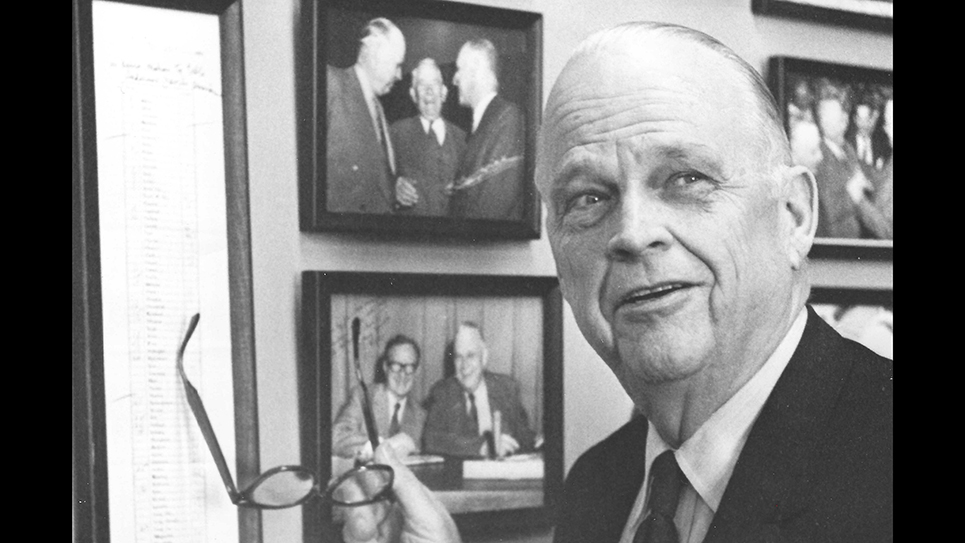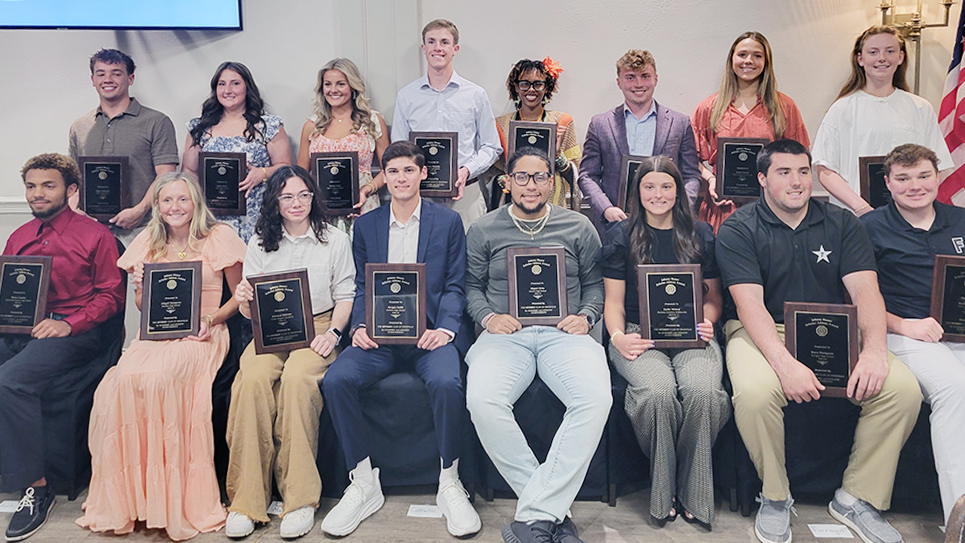How long was spring practice in 1938?
By Tom Mattingly
Tennessee head football coach Robert R. Neyland had returned to Knoxville looking to pick up where he left off in his first tenure as head coach of the University of Tennessee football team. From 1926 through 1934, his Volunteers had amassed a 76-7-5 record (.822) and had reeled off a 14-game winning streak and 33 and 28-game undefeated streaks.
He had missed the 1935 season because of a short-lived stint in the Panama Canal Zone that he and his family hated. He “suffered through” 6-2-2 and 6-3-1 seasons in 1936 and 1937, respectively, and was chomping at the bit to get ready for the 1938 campaign.
Losses in 1937 to Auburn and Vanderbilt had rankled Neyland, as did four losses and a tie against Alabama from 1933-37.
The Vols ended 1937 with a 32-0 win over Ole Miss on Dec. 3 at Crump Stadium in Memphis.
Notwithstanding the date on the calendar, “spring practice” began 37 days later, Jan. 9, according to Russ Bebb’s history of the Vol football program. History is unclear how many days per week the Vols worked out, but the practices lasted until April.
Neyland obviously had seen something special in this bunch, although he wouldn’t say so publicly, true to his character.
“Inasmuch as the opposition appears to be even more improved, our record might not be as good as last year’s,” Neyland had told the Knoxville Rotary Club pre-season. That was a complete dissertation for the normally subdued and publicity shy Vol mentor.
That was obviously “coach-speak.” Neyland did it better than anyone.
Vol fans, who seemed to instinctively know when a special season was in the offing, were as anxious for the season to begin as was Neyland.
“There’s a growing feeling around town that the UT Vols are going places this fall,” wrote Knoxville Journal sports columnist Tom Anderson. “It is, of course, far too early to be scrambling out on the limb, and it would be unfair to players and coaches to make extravagant predictions. Nevertheless, there is this persistent hunch, intuition, presentment, or whatever you want to call it, that Bob Neyland’s outfit is headed for the upper regions.”
There was another addition to the stadium’s east side, 44 rows and 12,030 seats, an addition that included student housing underneath. Capacity was now 31,390.
The seniors were battle-tested from the 1936 and 1937 campaigns, notably Edwin “Cheek” Duncan, Joe Little, Babe Wood, George Hunter, Ralph Eldred, John “Skeeter” Bailey, Bob Woodruff, and the team captain from Kingston and future head coach, Bowden Wyatt.
The junior class included Leonard Coffman, Sam Bartholomew, Joe Wallen, Boyd Clay, Al Thomas, Jim Rike, and George Cafego, a smallish tailback from West Virginia, who Neyland had recruited to Knoxville sight unseen, at least on the gridiron.
The sophomores were a precocious bunch, a collection of talent Knoxville News-Sentinel sports editor Tom Siler termed “high-octane.”
That group also included some soon-to-be big names, e.g., Bob “Breezer” Andridge, Bob Foxx, Buist Warren, Jimmy Coleman, Ed Molinski, Maxie Steiner, Hodges “Burr” West, Ed Cifers, Abe Shires, Bill Luttrell, Norb Ackermann, and Knoxville lineman Bob Suffridge, who would become the school’s first and only three-time All-American selection in 1940.
There were five All-American selections from those teams—Wyatt, Cafego, Molinski, Shires, and Foxx. In addition to Neyland, four of them—Wyatt, Cafego, Suffridge, and Molinski—made the College Football Hall of Fame.
The Vols finished 11-0, unranked until appearing in the AP poll at No. 8 on Oct. 22 after a 13-0 win over Alabama on Legion Field. The Vols moved up steadily until they were ranked No. 2 before their Orange Bowl date with No. 4 Oklahoma on Jan. 2, 1939. The season was capped by a 17-0 win over the Sooners in a contest said to be one of the roughest in bowl history.
A 7-0 win over Auburn was the closest game. There were eight shutouts. The Vols scored 293 points and gave up 16. The Vols were outright SEC champions, the first of three titles won between 1938 and 1940.
Neyland probably wouldn’t have countenanced the practice limitations in effect today. Vol practices in those days were, however, well-planned and well-organized, as Neyland demanded the full attention of his squad.
As Alabama and Duke head coach Wallace Wade once said, “He could take his and beat yours, or take yours and beat his.” Haywood Harris always said that was the ultimate compliment from one coach to another.
For the 1938 season and well beyond, the pieces again started falling into place for Bob Neyland and the Tennessee program on Jan. 9, 1938.
IN MEMORIAM: I met the late singer and native Tennessean (Mountain City) Dave Loggins (Nov. 10, 1947-July 10, 2024) backstage at the “100 Years of Volunteers Gala” on November 2, 1990. That was the night he performed his classic “Orange Memories,” a history of the Vol football program from its beginnings in 1891 to more recent days. Nearly 34 years later, it’s still a memorable combination of video and audio that catches the attention of those who watch it. For many reasons, that was one special night. You can find it on Vimeo.





